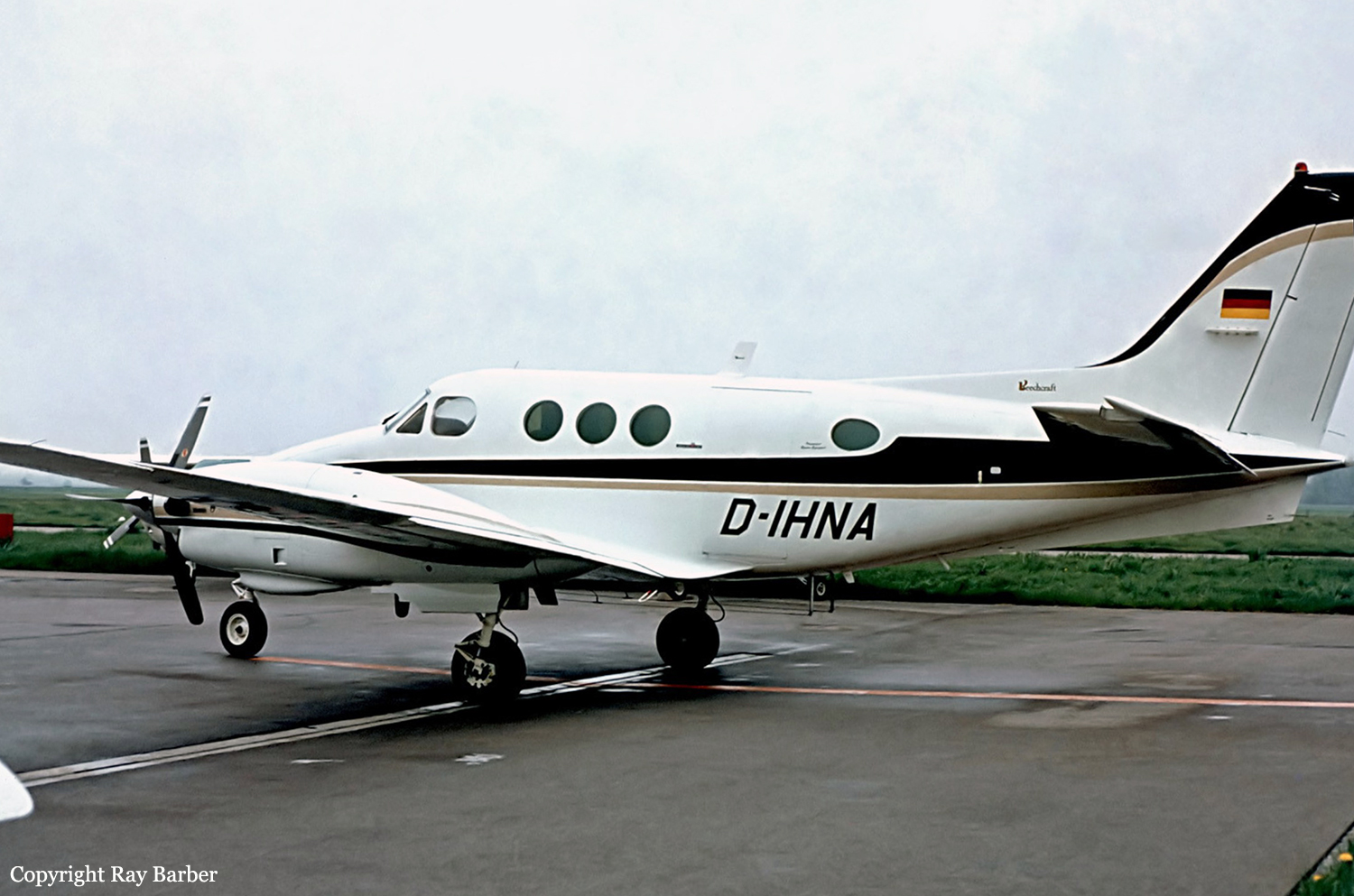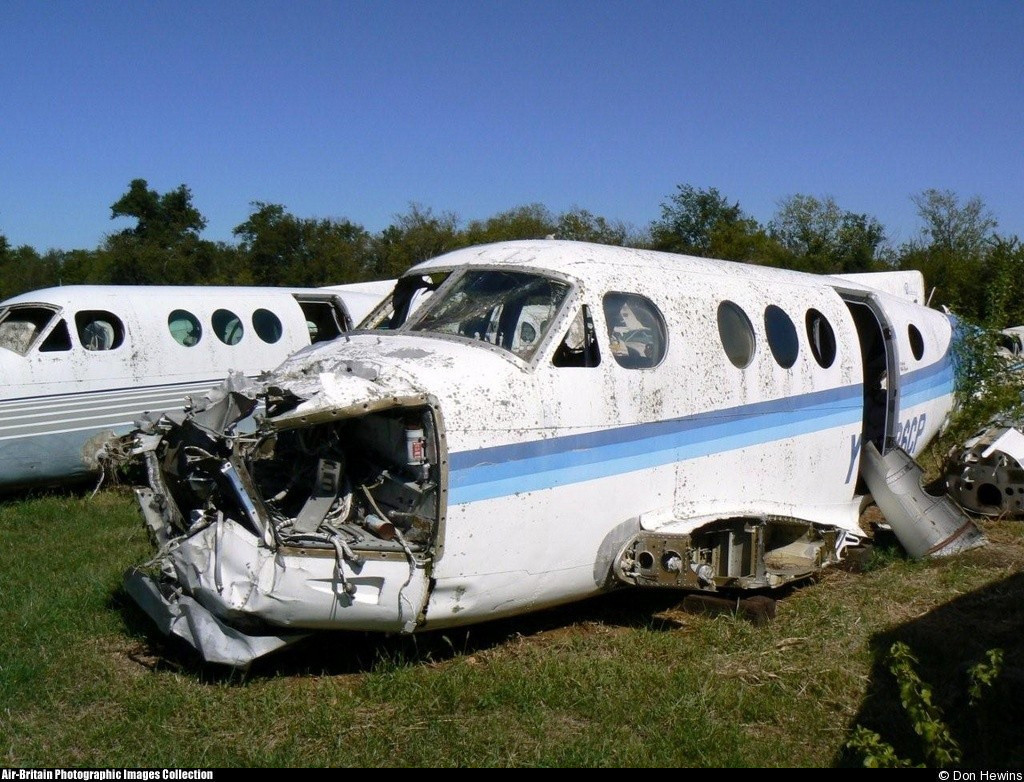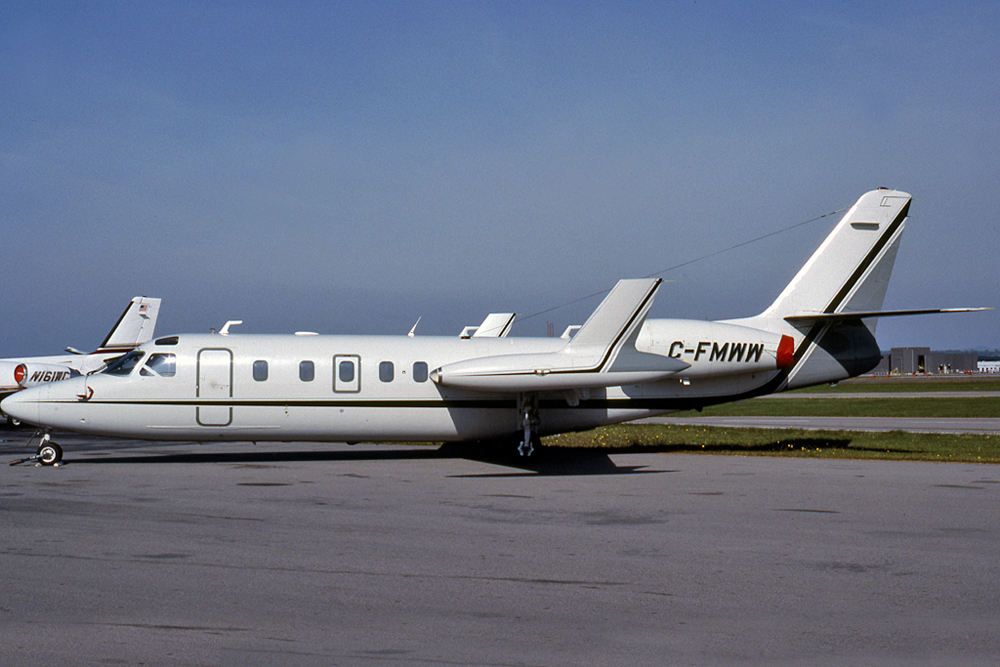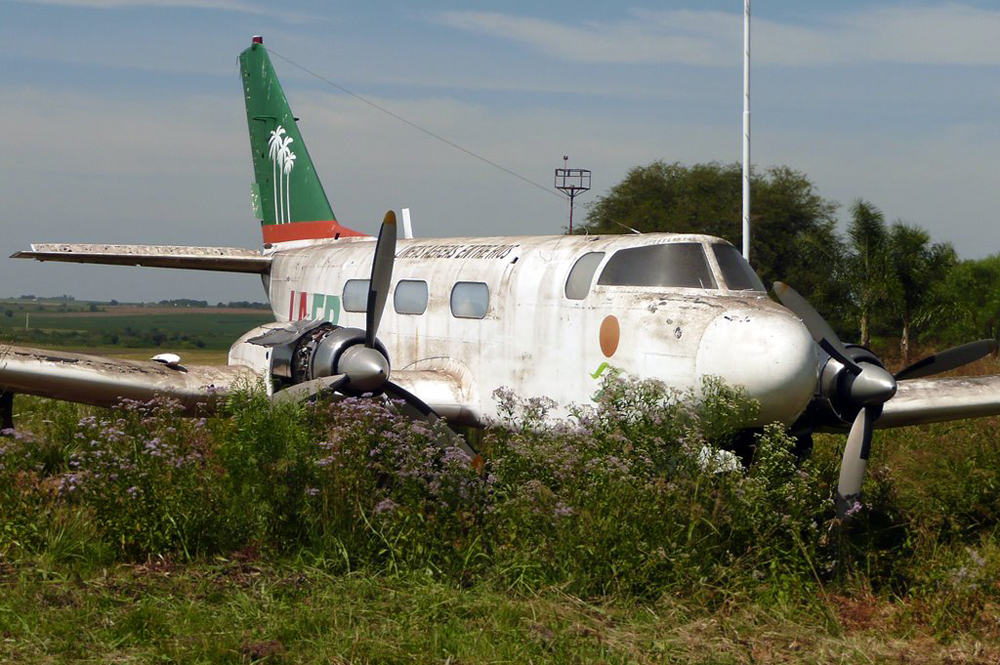Crash of a BAe 125-3A in Waukegan
Date & Time:
May 30, 1994 at 1842 LT
Registration:
N900CD
Survivors:
Yes
Schedule:
Wheeling - Waukegan
MSN:
25111
YOM:
1966
Crew on board:
2
Crew fatalities:
Pax on board:
0
Pax fatalities:
Other fatalities:
Total fatalities:
0
Captain / Total hours on type:
950.00
Circumstances:
The corporate jet's sink rate increased during short final approach. The copilot applied elevator back pressure and nose up trim. The sink rate continued to increase. The captain observed the copilot's efforts and began applying back pressure on his control yoke. Through combined efforts of both pilots they were able to increase the pitch enough that the airplane touched down on the main gear first. However, the touchdown was hard. The on-scene investigation revealed that a trip manifest container was lodged between the copilot's control yoke column and seat frame. The pilots stated the container is required to be carried in the cockpit during lights. Both pilots said there is no designated space in the cockpit to retain the container.
Probable cause:
The pilot-in-command disregarding the location of the flight manifest container in the cockpit. Factor's associated with the accident were a jammed control column and inadequate procedures for the use and storage of the flight manifest container on the part of company management.
Final Report:












